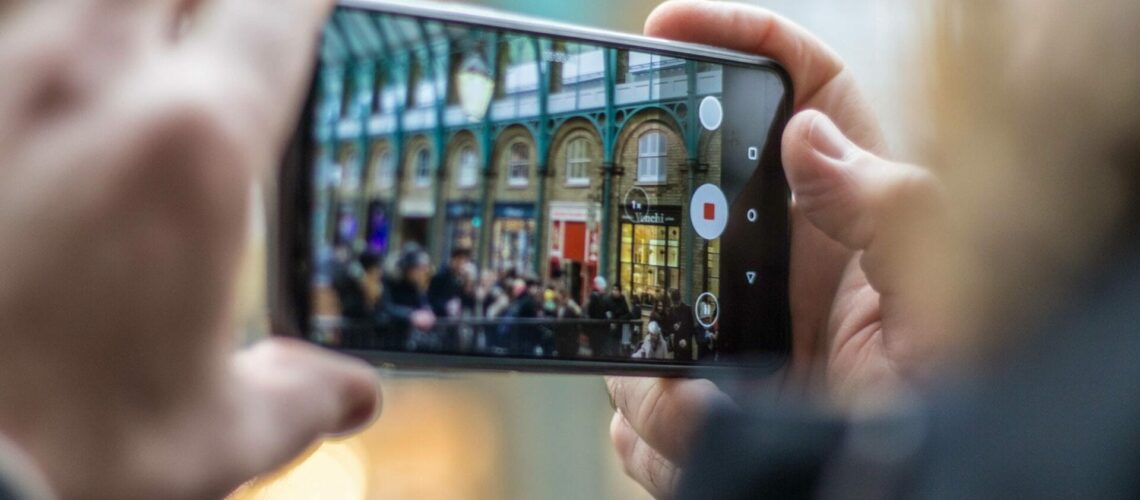Your digital photos may be taking over your computer, smartphone and tablet. Is it time to start organizing them? The answer is most likely yes! But what does that even look like? How do you go about it? And how do you make sure your photos are secure and easy to find? Well, we’re here to show you the way. All your basic photo organization needs, we have you covered. From understanding photo storage options and file formats to selecting a photo management system, we’ll take you through everything you need to know. So get ready to save some storage space (and time!) by following this guide on how to organize your digital photos.
Why you need to organize your digital photos
As your digital photo collection grows, it’s easy to lose track of what you’ve got. But don’t worry, because there are plenty of ways to organize them and make them easy to find. You can store your photos on the hard drive of your computer or external storage device, but if you’re taking a lot of photos with your phone this may not be the best option for you. Instead, consider storing them in the cloud or transfer them onto a USB drive for safe keeping.
The key is to pick one method and stick with it! This will make organizing your digital photos much easier.
Understand photo storage options and file formats
One of the first things you’ll need to decide is where to store your photos. For most people, this means deciding between cloud storage or local storage.
Cloud storage: This is just what it sounds like—you store your photos and videos in the cloud so you can access them from anywhere with an internet connection. You can upload them to a service like Google Photos, Dropbox, iCloud, or OneDrive. Local storage: This is simply storing your photos on your computer or mobile device.
Pick the best photo management system for you
There are many different types of photo management systems. The first step to organizing your digital photos is choosing which system is best for you! With so many options, it can be overwhelming. That’s why it’s best to do a little research and figure out what would work best for you. Here are the most popular photo management systems:
* Adobe Lightroom
* Apple Photos
* Google Photos
* Windows Photo Gallery
* Dropbox
* Flickr
Once you’ve decided on the type of system that would work best for you, it’s time to start organizing your photos. Here are some tips on how to organize your digital photos using different types of photo management systems:
– Adobe Lightroom: create groups and collections to categorize your photos, then add metadata like camera settings or keywords.
– Apple Photos: use albums to organize your pictures and use facial recognition in order to find similar faces across all your pictures.
– Google Photos: automatically organize your images into albums based on where they were taken or who is in them, then select a shared album for an event and invite others by email. – Windows Photo Gallery: search via date captured, file name, tags, or map location in order to find exactly what you’re looking for. – Dropbox: create public folders that anyone with the link can access, then create private folders that only those with authorization have access to edit or view. – Flickr: create a
Where do you store your photos?
You may be wondering what is the best place to store your photos. Well, it depends on how much room you have on your device and how you want to organize them. You could also upload them to a cloud-based storage service like Google Photos, iCloud or Dropbox which will save space on your devices. If you take up more than one device with photos, this may be a good option for you. We’ll go into more detail about photo storage in our next section of this article.
How to organize your photos with the selected photo management system
When it comes to organizing your digital photos, you have a few options. The first is to simply download them onto your computer and save them in folders. This is the simplest option and you don’t need any expensive software to do it. However, if you’re serious about organization, this might not be the best option for you as it doesn’t allow you to tag or categorize your photos in any way.
Another option is to use a photo management system like Google Photos. Google Photos allows users to search by date, location and even faces in their pictures so that they can find what they’re looking for quickly and easily. You can also group photos together into albums which can then be shared with friends or family members – perfect if you want to send a slideshow of your vacation highlights!
Google Photos offers free unlimited storage for all these features, which is why it’s an excellent choice for storing and organizing your digital photos. It’s convenient because you can upload from almost every device including Android phones, iPhones, tablets and even PCs! There are no limits on how many pictures you upload or how large the file size is either; everything will take up as much room as it needs without counting against the user’s storage quota.
Conclusion
Digital photos are a wonderful thing, but they can also quickly become a nightmare. If you don’t know how to organize your photos, they may soon become too difficult to find.
The key to organizing your digital photos is to have a system in place. That way, when you need a specific photo, you can quickly find it without spending hours looking for it.
Photo organization isn’t rocket science, and it’s worth the time and effort to do it. You’ll be able to find the photos you need faster, and save yourself from hours of frustration.



